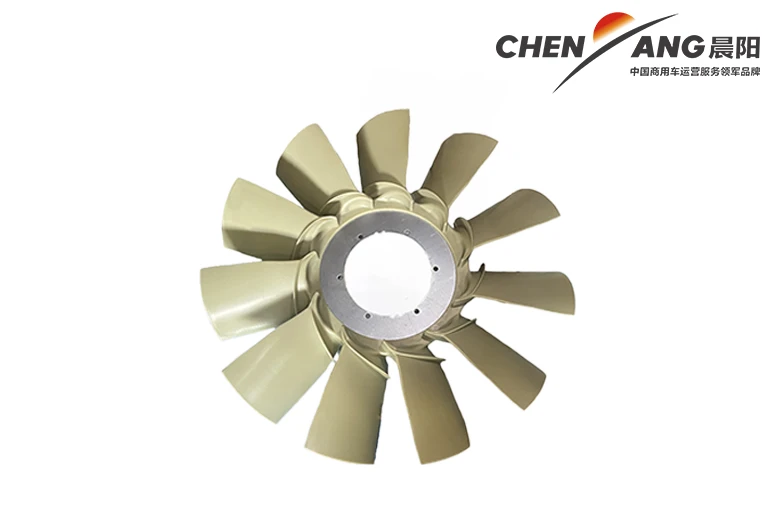power steering torque sensor
Understanding Power Steering Torque Sensors An Overview
In the automotive industry, advancements in technology consistently enhance performance, safety, and driving comfort. One of the pivotal components facilitating these improvements is the power steering torque sensor. This small yet crucial device plays a significant role in modern vehicles, particularly those equipped with electric power steering (EPS) systems.
What is a Power Steering Torque Sensor?
The power steering torque sensor is an electromechanical device that measures the torque applied to the steering wheel by the driver. It functions by detecting the force exerted on the steering column and transmitting this information to the vehicle's electronic control unit (ECU). The ECU processes this data to adjust the level of assistance provided by the power steering system, allowing for a driving experience that is both responsive and comfortable.
The Role of the Torque Sensor in Electric Power Steering
Electric power steering systems have largely replaced traditional hydraulic systems due to their efficiency and the ability to enhance fuel economy. Unlike hydraulic systems that rely on generating pressure using a pump driven by the engine, EPS systems use electric motors to assist steering. The torque sensor is integral to this conversion of driver input into electrical signals for the motor.
When a driver turns the steering wheel, the torque sensor detects the amount of force applied and sends this information to the ECU. Based on this input, the ECU determines how much assistance to provide, ensuring that the steering effort required is appropriate for the speed and conditions of the vehicle. For example, at low speeds, more assistance is provided, making it easier to maneuver the car, while at higher speeds, assistance is reduced for a more direct steering feel.
Benefits of Power Steering Torque Sensors
power steering torque sensor

1. Enhanced Control With real-time adjustment based on driver input, the torque sensor ensures that the steering response is closely aligned with the driver’s intentions. This results in better vehicle control, particularly in dynamic driving situations.
2. Improved Fuel Efficiency Electric power steering systems, utilizing torque sensors, consume less energy than their hydraulic counterparts. This efficiency contributes to improved fuel economy and lower emissions.
3. Variable Steering Ratios Some advanced EPS systems use torque sensors to enable variable steering ratios, providing a more tailored driving experience. This means that the steering response can be adjusted based on driving conditions, such as during tight maneuvers or high-speed cruising.
4. Safety Features Modern vehicles often incorporate additional safety measures linked to the torque sensor, such as stability control and lane-keeping assist. By understanding the driver’s steering input, these systems can intervene appropriately to help maintain vehicle stability.
Challenges and Considerations
While power steering torque sensors offer numerous advantages, there are challenges associated with their function. Environmental factors such as temperature, moisture, and vibrations can affect sensor accuracy and reliability. Regular diagnostics and maintenance are essential to ensure that these sensors function correctly, as a malfunctioning torque sensor can lead to poor steering performance and compromise vehicle safety.
Conclusion
Power steering torque sensors are a vital component in today's vehicles, playing a significant role in enhancing steering feel, safety, and energy efficiency. As the automotive industry continues to evolve with new technologies, the importance of such sensors will only grow. Understanding their function helps drivers appreciate the complexities behind their vehicles' seemingly effortless steering systems, highlighting the engineering that contributes to modern driving comfort and control. Whether in city traffic or on the open road, these sensors enhance our experience, making driving not only easier but safer as well.
-
SINOTRUK HOWO 84 Electric Dump Truck for Eco-Friendly Heavy HaulingNewsJul.26,2025
-
The Fast 16-Gear Manual Transmission Assembly for Heavy TrucksNewsJul.25,2025
-
Mercedes Benz Actros 1848 42 Tractor Truck for Sale - Reliable PerformanceNewsJul.24,2025
-
High-Quality Water Pump Assembly for Sinotruk Trucks – Durable & ReliableNewsJul.23,2025
-
Premium Truck Engine Antifreeze Coolant Fluid for Heavy Duty VehiclesNewsJul.22,2025
-
FOTON View G7 Mini Bus: Affordable & Spacious TransportNewsJul.22,2025
Popular products

























